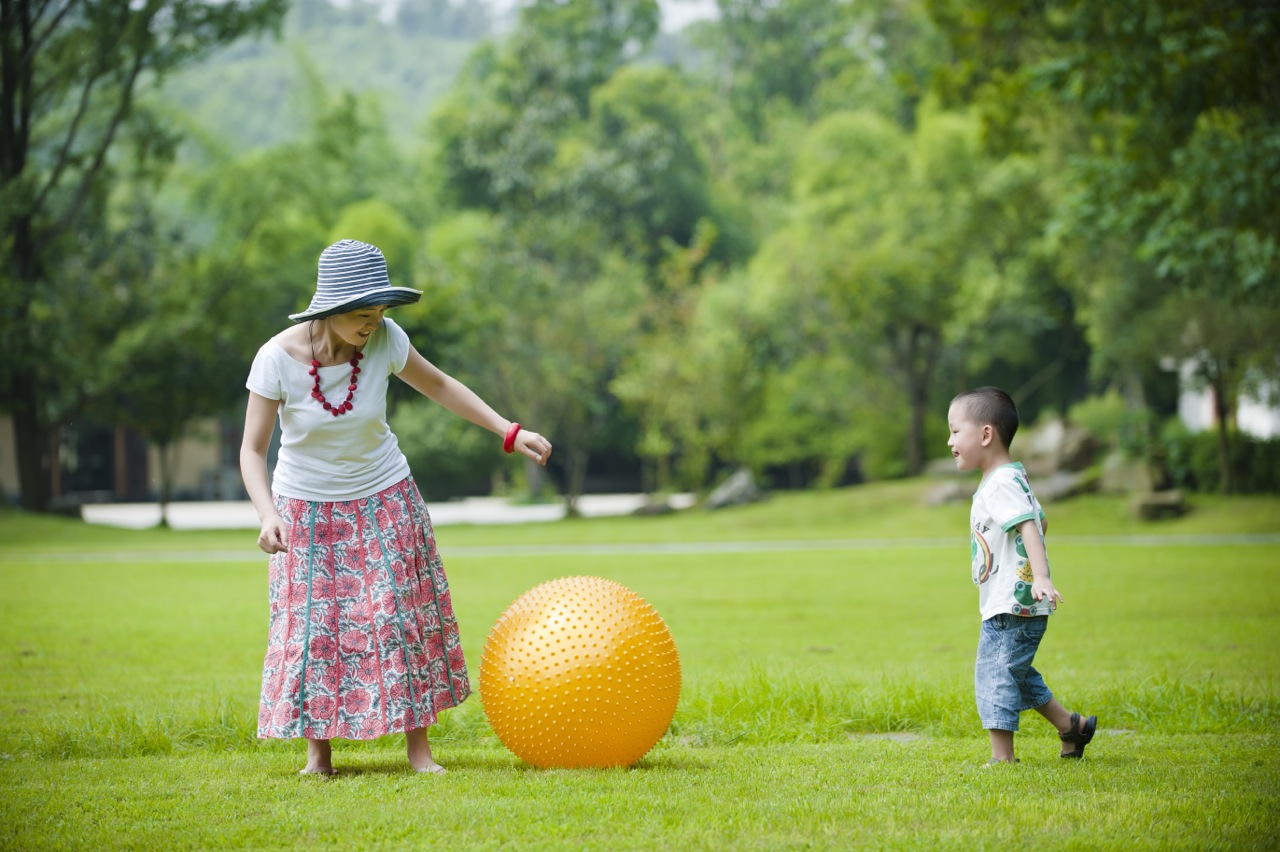One of the most essential elements for a healthy brain is easily available and poorly managed by the child with autism: Oxygen.
Oxygen is one of the most important elements of brain growth and healing. If for any reason a person has difficulty breathing for a period of time, their oxygen level is measured and doctors will ensure that the individual is properly oxygenated as a priority because low oxygen levels mean brain cell death. The deep breathing required during physical exercise brings an irreplaceable treasure of oxygen to the brain.
Research found that children with autism have difficulty with deep breathing and a lower heart rate than expected during physical exercise, possibly caused by a deficit in the limbic system.
In apparent contradiction, most parents report that their children are very active, running, hopping, flapping, etc. This visible activity often leads parents to think that their children exercise plenty enough during the day. However, the typical activities that a child does around the house or while watching TV do not require sufficient exertion or muscle stretching to increase the heart rate and breathing, which are keys for improved oxygenation.
Statistics show that children with autism tend to experience less physical exercise than their neurotypical peers. Less physical exercise means less oxygen to the brain, but also, physical exercise has been shown to have a positive impact on brain plasticity. So, “particular attention has to be given to physical activity in children and young adults with autism“, to quote Macdonald, Esposito and Ulrich in their published paper: The physical activity patterns of children with autism.
Mendability recommends that the families add two daily routines to their lives: downtime and physical exercise. After a period of exercise which has prompted brain growth, downtime allows the brain to organize the repair process.
Example of an aerobic therapy exercise adapted to a child with autism
Because a child with autism has trouble following instructions or discipline, adapted physical exercise programs must be organized at school or at home taking into consideration the child’s abilities and body control.Physical exercise programs for a child with autism will involve adult supervision, to ensure that the child completes the session. You can pick any form of exercise that your child enjoys – swimming, running, gymnastics, climbing, etc. Here is an example of something you could do at home: an obstacle course.
One adapted physical exercise session can be organized around an “up and down” set of obstacles during which the child will have to bend under an obstacle or step over another. In a gym or backyard, the adult can create a motivational set of steps, each one being rewarded by a preferred object.
Any piece of the furniture, such as a table or a broomstick can be used for the child to walk under and then fetch a preferred object. This obstacle and reward should be immediately followed by an obstacle to walk over, such as a large book standing up on the ground. The adult holds the child’s hand constantly in order to maintain the pace and ensure that all the obstacles are completed.
Ten minutes is a good length of time for this at-home obstacle course. Overall, the Centers for Disease Control and Prevention (CDC) recommend that children get 60 minutes of exercise a day. The session should be followed by downtime during which the child is left on his own to do what he pleases.
A physical exercise session followed by downtime will be ideal to precede a session of Mendability exercises.
References
- Macdonald M, Esposito P, Ulrich D. The physical activity patterns of children with autism. BMC Research Notes. 2011 Oct 18;4:422. doi: 10.1186/1756-0500-4-422.
- Pan CY, Frey GC. Physical activity patterns in youth with autism spectrum
disorders. Journal of Autism and Developmental Disorders. 2006 Jul;36(5):597-606. - Tyler K, MacDonald M, Menear K. Physical activity and physical fitness of school-aged children and youth with autism spectrum disorders. Autism Research and Treatment. 2014;2014:312163. doi: 10.1155/2014/312163. Epub 2014 Sep 16.

